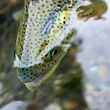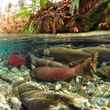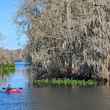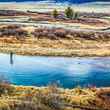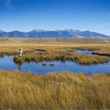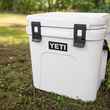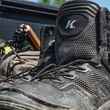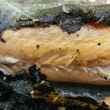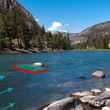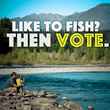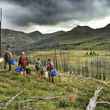Take a big map of the United States. Spread it out on the table. Now take your finger and put it down on the state of your choice. Montana. Pennsylvania. Texas. North Carolina. California. Alabama. Wisconsin. Colorado. It doesn’t matter. Under your finger, or within a nail’s width, you’re likely to find something wonderful. Something important. Something truly American. The implicit promise, if you can drill in close enough with your naked eye or your magnifying glass, of public water.
The freedom to fish
by Todd Tanner - Tuesday, Jan 26th, 2016





